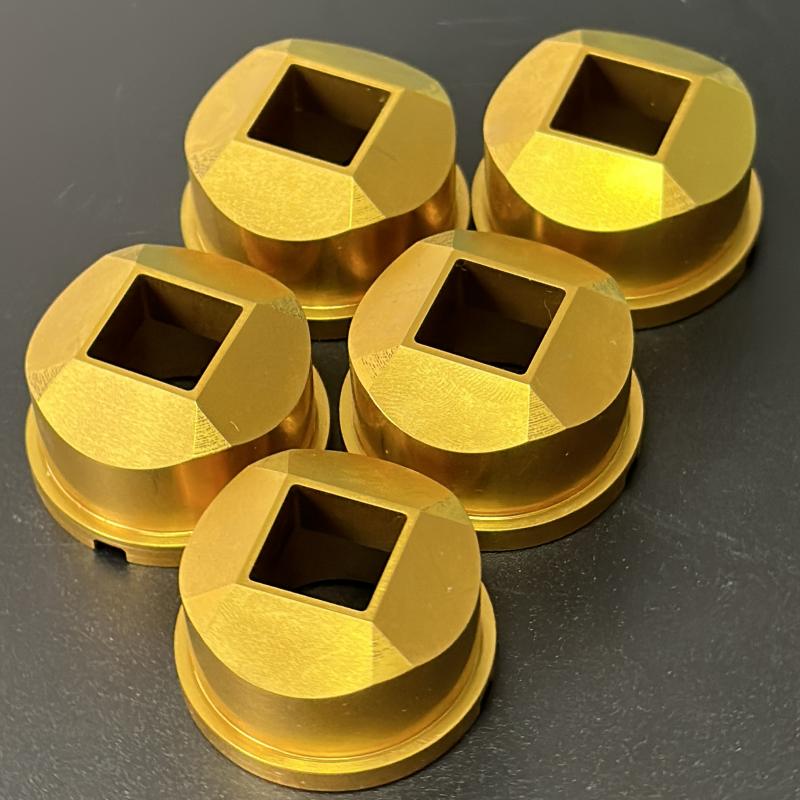In the rapidly evolving landscape of manufacturing, automation and smart manufacturing technologies are transforming traditional processes across various sectors, including die design and production. Trimming Dies, essential tools used for cutting excess material from manufactured parts, are no exception. This article explores the application of automation and smart manufacturing in the design and manufacturing of Trimming Dies and the promising future these technologies hold.

1. The Role of Trimming Dies in Manufacturing
Trimming Dies are critical in ensuring that parts are produced to precise dimensions and tolerances. They play a vital role in industries such as automotive, aerospace, and electronics, where the accuracy and quality of components are paramount. As manufacturing demands increase for efficiency, precision, and reduced lead times, the integration of automation and smart technologies in trimming die production becomes crucial.
2. Automation in Trimming Die Design
Automation is revolutionizing the design phase of trimming dies. Advanced CAD (Computer-Aided Design) software integrated with automation tools allows engineers to create complex die designs with greater accuracy and efficiency. Key aspects include:
Parametric Design: Automated design software can quickly generate multiple die configurations based on predefined parameters, facilitating rapid prototyping and iteration.
Simulation Tools: Automated simulation software can predict how a die will perform under various conditions, identifying potential issues before physical production begins. This reduces the risk of costly design changes later in the process.
3. Smart Manufacturing Technologies
Smart manufacturing involves the use of connected devices and data analytics to optimize production processes. In the context of trimming dies, this can manifest in several ways:
IoT Integration: Internet of Things (IoT) devices can monitor the condition and performance of trimming dies in real-time. This data can be analyzed to predict maintenance needs, reducing downtime and enhancing overall productivity.
Data-Driven Decision Making: Advanced analytics tools can analyze historical data from the die production process, identifying trends and opportunities for improvement. This leads to more informed decision-making and optimized production strategies.
4. Automated Production Processes
The manufacturing of trimming dies is increasingly being automated to enhance efficiency and quality. Key advancements include:
CNC Machining: Computer Numerical Control (CNC) machines automate the machining process, ensuring high precision and consistency in die production. CNC technology allows for complex geometries to be produced quickly and accurately.
Robotic Automation: Robots can handle repetitive tasks such as loading and unloading materials, assembly, and inspection. This not only speeds up production but also reduces the likelihood of human error.
5. Quality Control and Inspection
Automation and smart technologies enhance the quality control processes associated with trimming dies:
Automated Inspection Systems: Advanced imaging and sensing technologies can be employed for real-time inspection of die components. Automated systems can detect defects or deviations from specifications, ensuring high-quality standards are maintained.
Feedback Loops: Integrated feedback systems allow for immediate adjustments to be made during the manufacturing process, reducing waste and improving overall product quality.
6. The Future of Trimming Die Manufacturing
The integration of automation and smart manufacturing technologies in trimming die design and production presents significant opportunities for the future:
Increased Efficiency: Automated processes can significantly reduce production times, enabling manufacturers to respond quickly to market demands and changes.
Enhanced Customization: Smart manufacturing technologies allow for greater flexibility and customization in die production, catering to specific customer needs without sacrificing efficiency.
Sustainability: Automation and data analytics can optimize resource use, reduce waste, and minimize the environmental impact of manufacturing processes.
The application of automation and smart manufacturing in the design and production of trimming dies represents a significant advancement in the manufacturing industry. By leveraging these technologies, manufacturers can enhance efficiency, improve product quality, and respond more effectively to market demands. As the industry continues to evolve, the integration of automation and smart technologies will likely play a pivotal role in shaping the future of trimming die manufacturing, driving innovation and competitiveness in the sector.











